A cultivator has numerous purposes in your garden. To prepare planting areas for the growing season, garden cultivators put compost and fertilizer into the soil, letting it absorb water and breathe more effectively.
If you are one of the homeowners unsure how to use a Garden Weasel cultivator, you've come to the right place. We've thoroughly researched this topic and gathered the top answers to share!
Garden Weasel cultivator aerates the soil, eliminates weeds, and generally produces the ideal seedbed for numerous plants. These are the steps on how to use the Garden Weasel cultivator:
- Wet the soil
- Detach tines
- Apply it to the soil
No matter what kind of farming you conduct, it is crucial to understand what a cultivator can achieve for your operation. We'll go over the details about the Garden Weasel cultivator and how it works. Keep reading to find out exciting information about this matter.
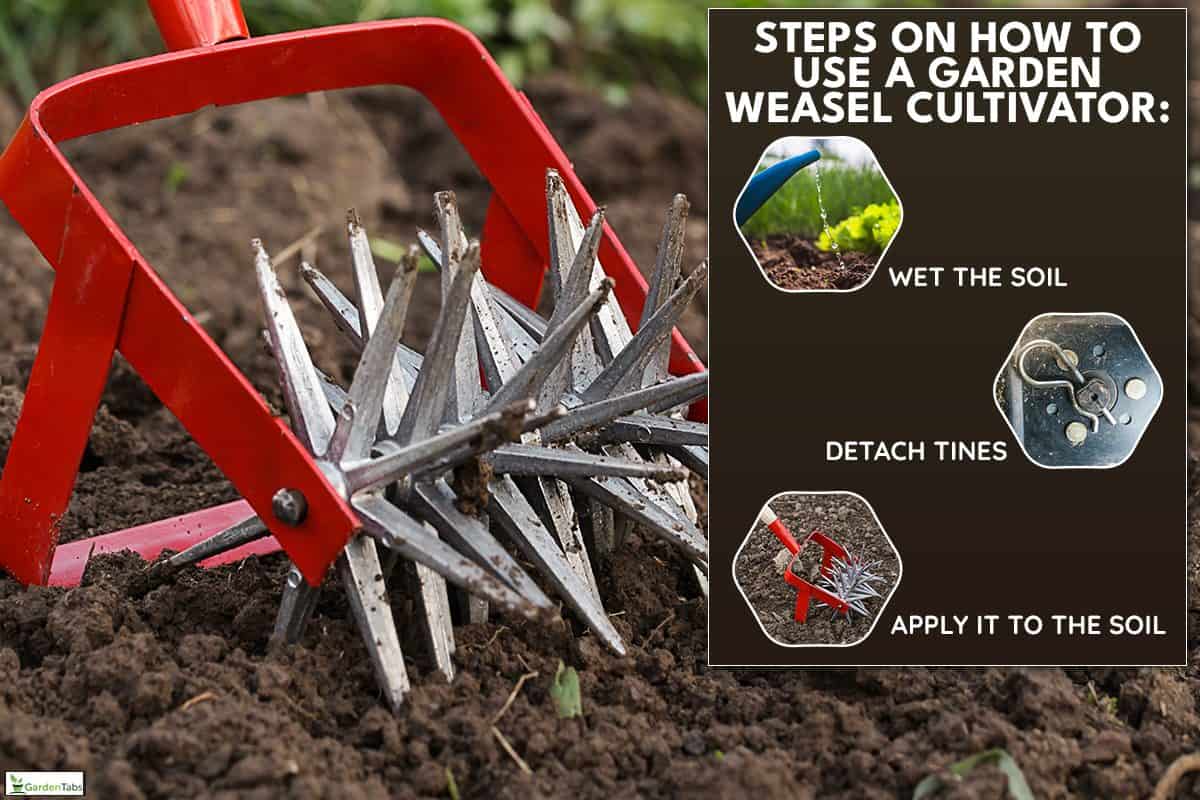
How Do You Use A Cultivator?
Cultivators are useful landscaping tools for preparing flower beds and vegetable gardens for the growing season. Here are the advantages of using one:
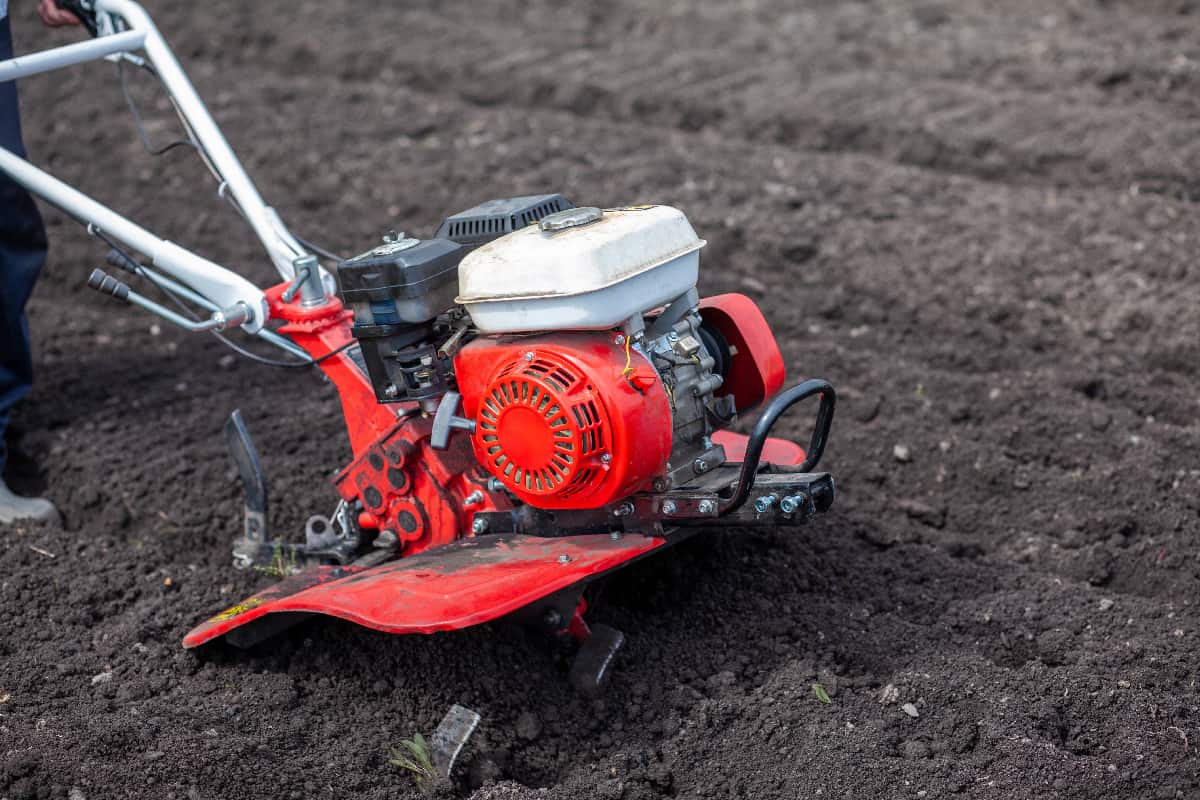
1. Till And Cultivate The Soil
A cultivator is used to till and cultivate the soil to eradicate vegetation and prepare planting beds.
2. Has Plenty Of Types
There are many different types, ranging from shallow tilling with a rotary tiller to modest cultivation on the topsoil. It can be propelled by humans, driven by electricity or gas, or dragged by an animal or tractor.
Choosing the appropriate tool for the work is also crucial. Then there is small garden-size equipment ideal for garden beds and heavy-duty cultivators hooked to a tractor.
You can more effectively work a broad area with a larger cultivator. Wheeled cultivators are more mobile and provide better traction, especially on rocky or uneven terrain, while a hand-held cultivator can be all you need for a small garden.
Click here to see this Earthwise wheeled electric cultivator on Amazon.
Click here to see this hand cultivator on Amazon.
A cultivator is easier to manage if it is lighter and more compact if you have elevated flower beds or short rows of plantings.
Limiting heavy machinery for cultivating and tilling when necessary is excellent for your property because the long-term impacts of tilling increase erosion, decrease soil life, and destroy the soil structure.
3. Remove Weeds
You can use cultivators to eliminate weeds while sparing crops during the growing season.
While many modern farmers use herbicides to eradicate weeds, organic farmers choose to till and nurture the weeds to lessen the exposure of their crops to chemicals.
Click here to see this herbicide on Amazon.
4. Improves Soil Structure
It also enhances soil structure immediately following cultivation and aids in soil aeration.
5. Contains Rotating Blades
A hand-powered cultivator frequently has a long handle for standing used and several rotating blades that make contact with the soil at the end.
Click here to see this hand-powered cultivator on Amazon.
The blade length dictates how deeply you can till the soil. The Standard is four inches, and you shouldn't go any longer than six inches.
Garden Weasel Cultivator
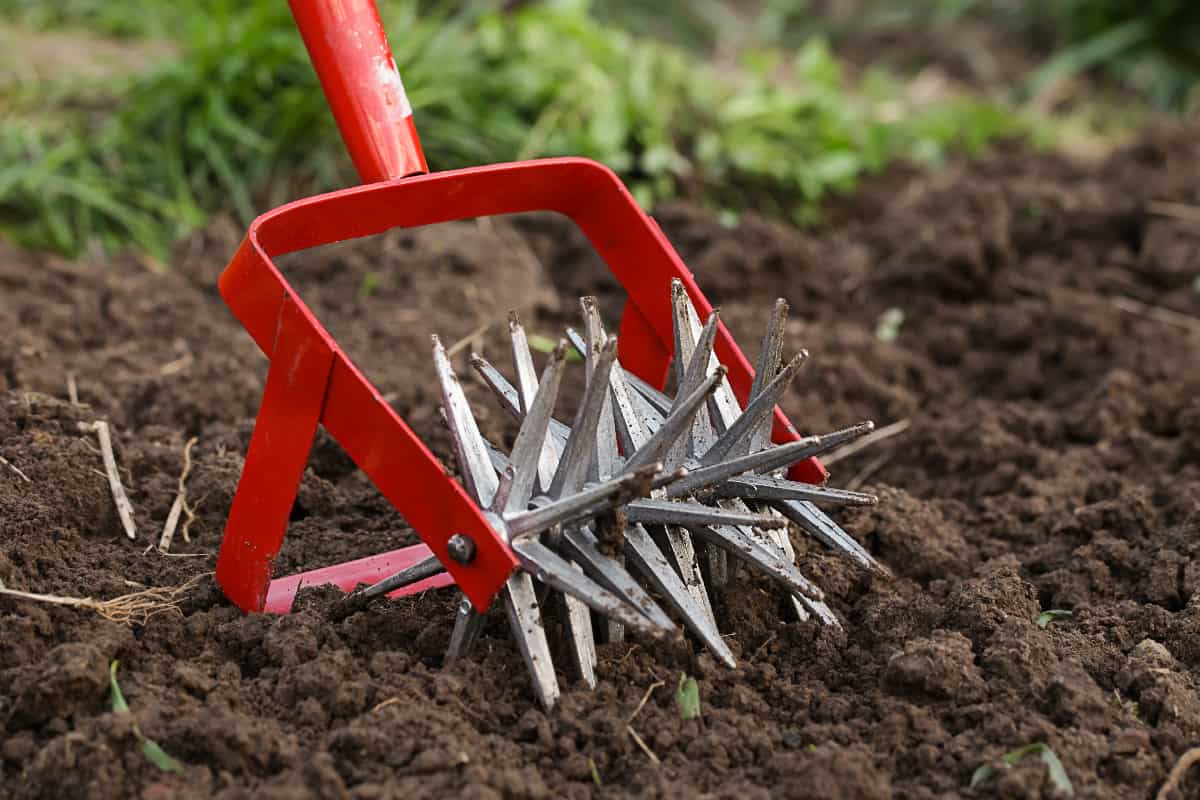
You can keep up garden beds with a Garden Weasel Cultivator. The primary purpose of this cultivator is to remove topsoil and prepare beds or bare patches of lawn for seed, starting by mixing soil or adding additional organic matter.
It has a long red metal handle with a comfortable vinyl grip. Strong alloy steel makes up the forked end of the cultivating fork. Also, the T-shaped grip on the assembled claw is easy to store, which you can hang from a hanger.
Garden Weasel cultivator tines are made of aluminum. Thus, they won't rust and are made simple to clean with a hose spray. Its rotational tines, flexible in maneuvering between plants and around rows, can bring weeds to the surface.
With each round of its three interchangeable rotating blade wheels, this cultivator effortlessly breaks up dirt while also cleaning itself.
Since it doesn't need bending over or kneeling, the Garden Weasel Cultivator is ideal for anyone with back issues. This cultivator is adjustable from 38 inches to 42 inches.
No matter what kind of soil you're turning, a simple twist cultivates, loosens, aerates, and weeds.
It can cultivate the soil to a depth of 1.5 inches continuously. Additionally, Garden Weasel cultivators are so durable that a lifetime limited warranty guarantees them.
Click here to see this Garden Weasel cultivator on Amazon.
How To Use A Garden Weasel Cultivator
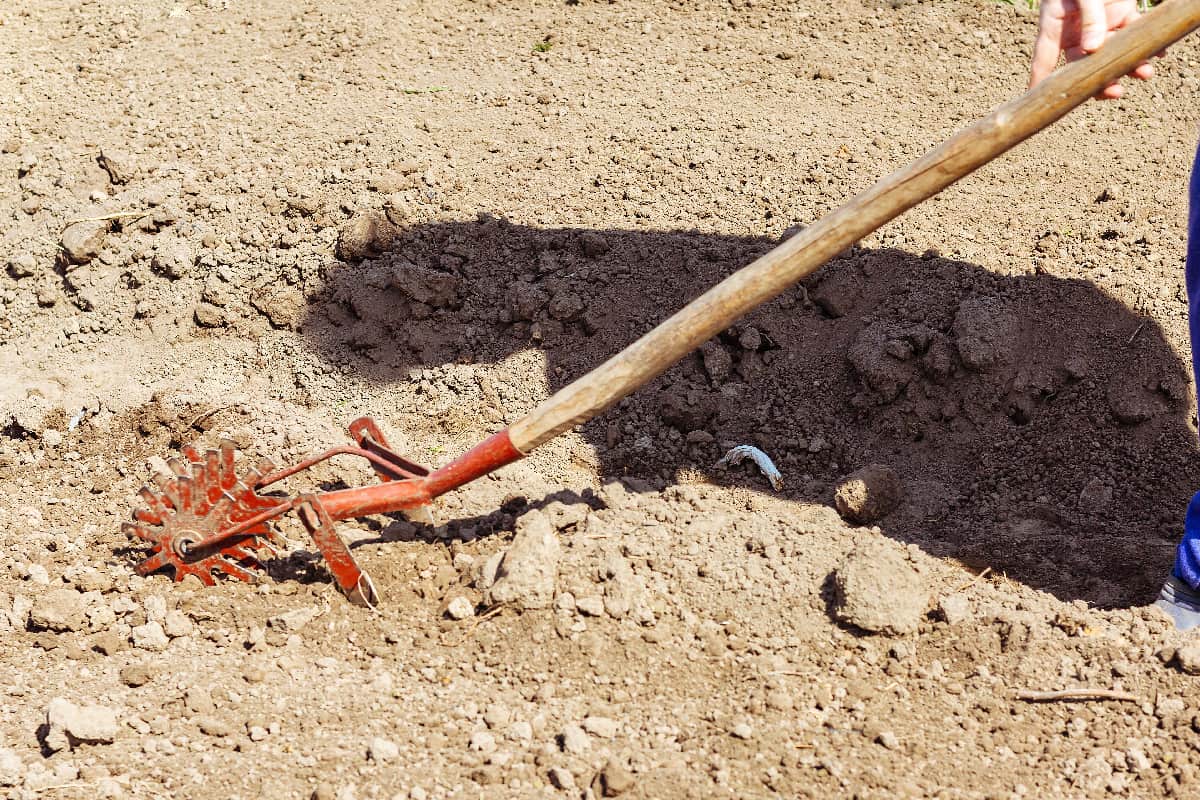
Cultivating enables moisture and air to penetrate compacted soil, resulting in plants with healthier roots.
This Garden Weasel cultivator helps the grass seed to hold, absorb water, and breathe on the lawn. This cultivator also helps to make weeds less likely to grow and encourages their removal from the garden.
Below are the straightforward steps when using a Garden Weasel cultivator:
1. Wet The Soil
Wet the soil just a bit to make cultivation simpler. It's essential to remember that cultivators function best on somewhat moist soil. It can be challenging to cultivate if it is too dry or too wet.
2. Detach Tines
Select the number of tines that will work best for the application. To work between the confined garden rows, detach one or two tines.
You can cultivate around a row of seedlings by removing the middle tine. Cultivating in small gaps is possible if you leave only the middle tine in place.
You can take out a tine by simply unscrewing the gray bolt holding it in place, and pulling the tine out.
3. Apply It To The Soil
Apply the Garden Weasel to the soil and work it in a back-and-forth motion, breaking up the dirt with the scissor-like blade wheels. You must apply some pressure to get it to dig into the ground.
A cultivator scratches the soil to a specific depth to uproot and crush the weeds and their roots.
The blades of the garden cultivator churn through the soil as it is moved along the ground, aerating it and releasing dirt and weeds.
With each spin, this sturdy and simple-to-use cultivator cleans itself, saving you time and energy at a meager price while effortlessly breaking up soil.
The device can cultivate huge garden bed areas and is about 6 to 7 inches across when all three tines are in position.
What's The Difference Between A Cultivator And A Tiller?
Gardening will be much simpler for you if you know whether to utilize a tiller or cultivator. Cultivators are all about skill and fine-tuning. It has thinly constructed blades that resemble star wheels.
A cultivator is a flimsy instrument mainly used to blend loose soil in raised or flower beds.
It nearly always has its tines in front of a small pair of wheels that sit to the back and are typically not wheel-driven. A cultivator can be run on gas, electricity, or batteries.
Cultivators are the best way to weed, loosen the soil, and incorporate compost, manure, and fertilizer. It is perfect for preparing small vegetable gardens, previously established gardens, or previously developed beds for the season.
On the other hand, garden tillers supply strength and may break up solid ground. It has thick, sturdy blades that are shaped like an L. In terms of size, it is a big machine used in gardens to plow through tough grass or soil.
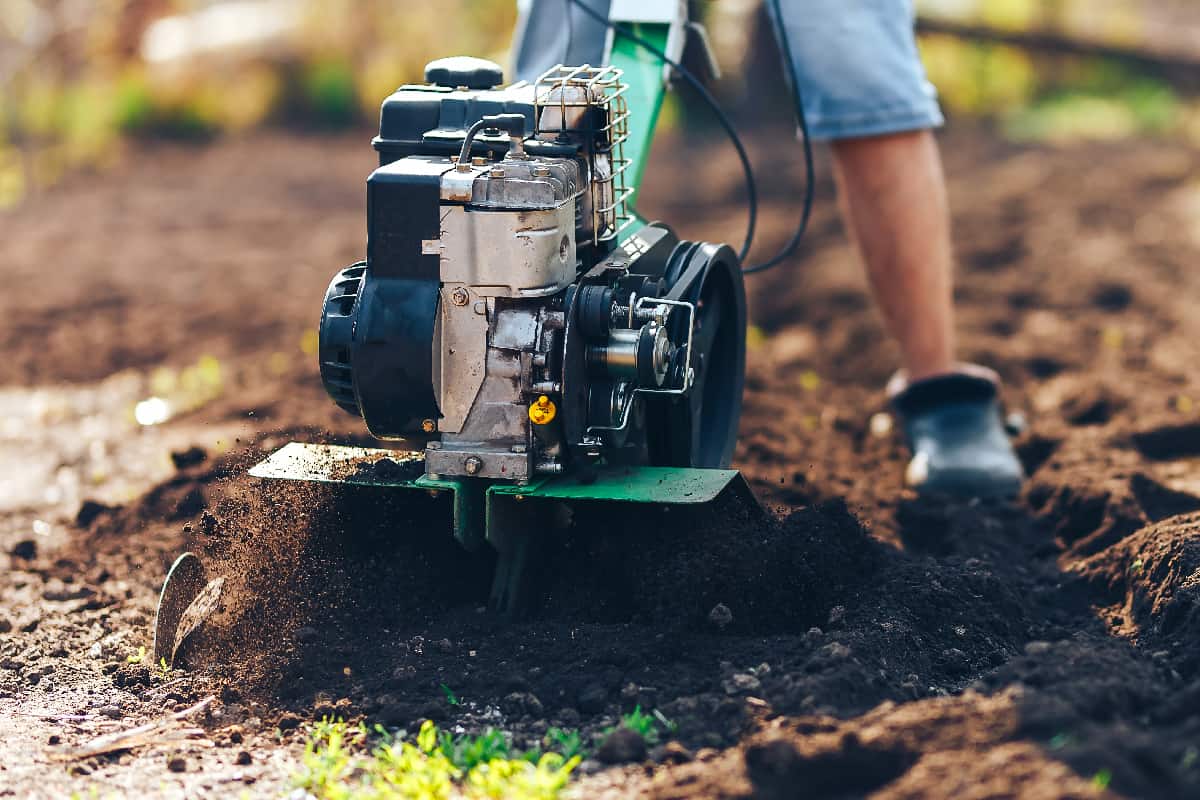
You can set the blades of a tiller either in front of or behind a pair of wheels. However, the wheels on a tiller will be much larger than those on cultivators.
They are more challenging to maneuver, whereas cultivators work well in constrained, tight locations. Typically, a tiller will never be powered by a wire or battery.
When caring for larger plots or having more space to work, tillers work well. Garden tillers are also perfect for setting up a new garden because there will probably be a lot of stony or hard ground that must loosen.
In Closing
Garden Weasel cultivator easily removes dirt and self-cleans with each revolution. It is lightweight, rust-resistant, and easy to use.
Keep in mind that during winter, a cultivator breaks up dry soil. They are churning weeds, so their seeds dry out and control any future weed growth.
Before you leave, we have these other exciting posts that you might want to check out:
Tilling: The Ultimate Guide For Your Home Garden Success





